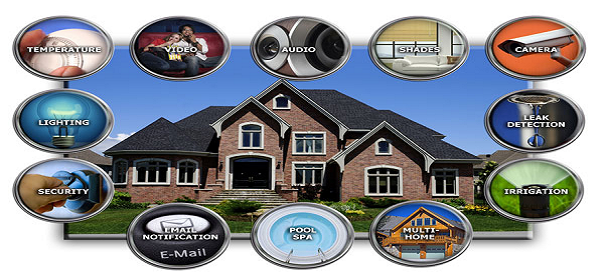Automated building safety and security solutions protect public buildings, critical infrastructures, industrial facilities, private homes or material assets from vandalism, theft, terrorism, intrusion, or where necessary, unlawful escape. Yet, the protection offered by mechanical measures and guards is often not sufficient. Electronic sensor-based protective devices complement these measures and are suitable for stationary, portable, or mobile applications. In order to extend response times, protection is provided in a concentric manner: from perimeter protection and monitoring of the building exterior and interior, as well as object monitoring.
Automated building safety and security solutions protect public buildings, critical infrastructures, industrial facilities, private homes or material assets from vandalism, theft, terrorism, intrusion, or where necessary, unlawful escape.
Applications in focus outdoor safety and security
- Perimeter protection – Perimeter protection via sensors starts at the barrier encircling the premises, such as a fence or wall, and ends at the building envelope. In order to keep these areas secure, software inside the sensor evaluates all monitoring fields. If someone or something intrudes into a monitoring field, an alarm is triggered. Data measured by the sensors is used to determine the position of a person on the premises, for example.
- Object protection – Object protection in outdoor areas includes protecting roofs, facades, doors, gates, windows, and skylights. 2D laser scanners register every movement within the protective fields. Their large scanning range combined with day and night modes make it possible to implement a flexible security concept. The chance of a false alarm caused by animals or leaves can be reduced by changing
- Protecting buildings for personal safety reasons- In the field of building safety and security, sensors are not just used for providing protection against terrorism, vandalism, intrusion, jailbreaks, and theft. If dangers arise in and around the building which can cause injury to people, they need to be afforded reliable protection.
- Access control Access points such as passenger locks, doors, gates, turnstiles, and barriers only allow access to authorized people. Sensors detect if there is actually anyone in the room and, if so, exactly how many people there are. This could be relevant for safety-related reasons or for controlling the indoor climate according to the use of the room.
Applications in focus indoor safety and security
- Monitoring the interior Ceilings, windows, and – in some cases – walls are weak points that can be used to access buildings. Fortunately, they can be reliably protected using suitable sensors. This means objects inside buildings are better protected. Interior protection in logistics areas also results in better safety and security within a supply chain. In banks, museums, and other buildings where valuable objects are stored, sensors will detect any unauthorized attempts to access the building and trigger an alarm
- Object surveillance Valuable objects need to be protected against vandalism and theft. In museums, protecting these objects from unauthorized contact is a particular challenge for the sensor systems because they must issue the alarm signal without compromising the other visitors’ enjoyment of the exhibits. The more inconspicuous, precise, and reliable the protection is, the better this requirement can be fulfilled without being a detriment to the protection.
- Protecting buildings for personal safety reasons People inside buildings need to be protected from hazards that can arise from the building or a building element. This ranges from monitoring air quality, structural health monitoring and protection against moving parts so that people are not harmed.
- Access control Entrances and exits have different requirements when it comes to sensors: the number of people passing through, for example, and different access authorizations. Mechanical devices such as security door systems or swing doors used in combination with suitable sensors allows authorized people to enter certain areas.

